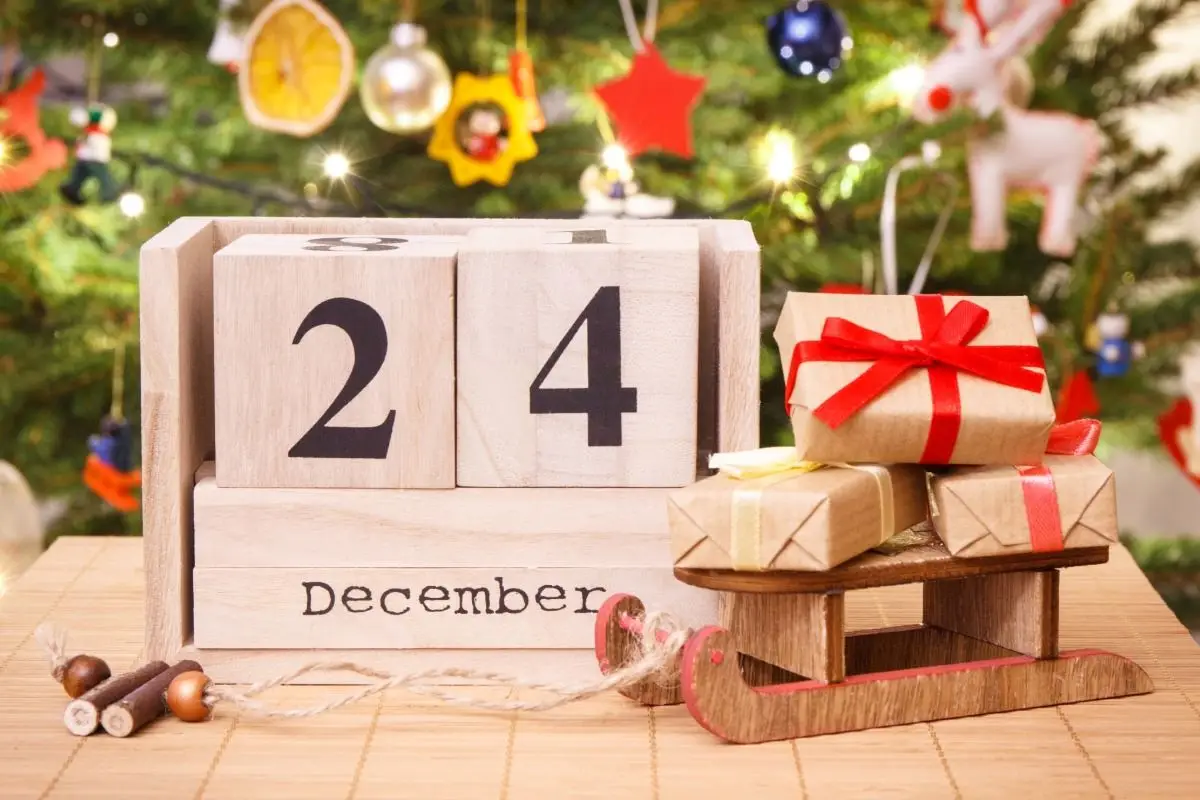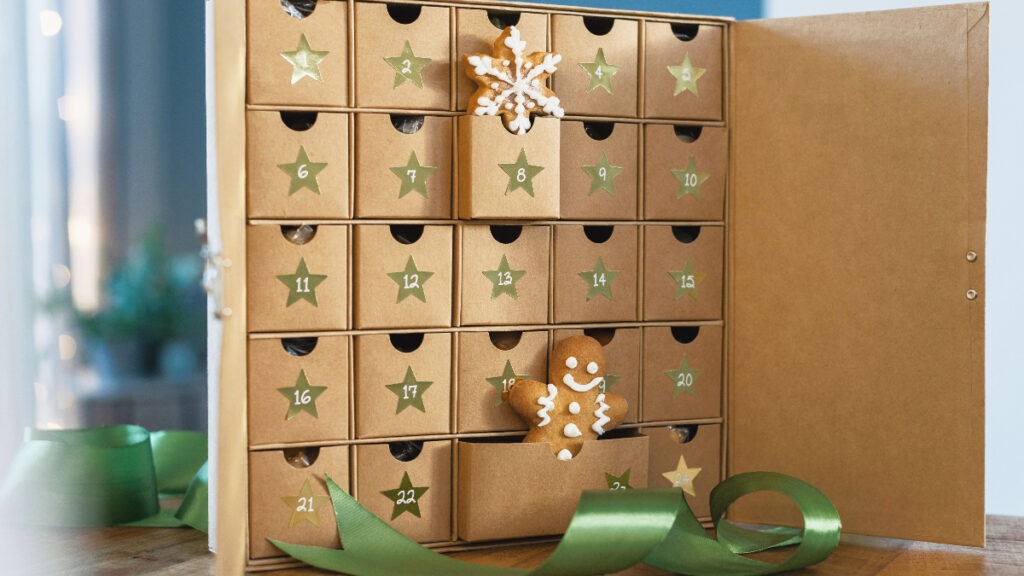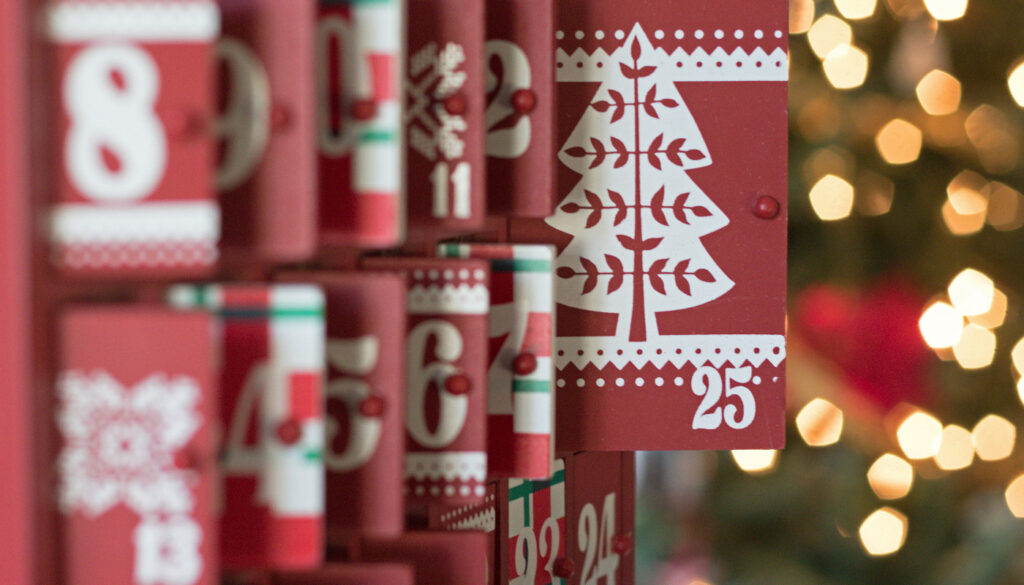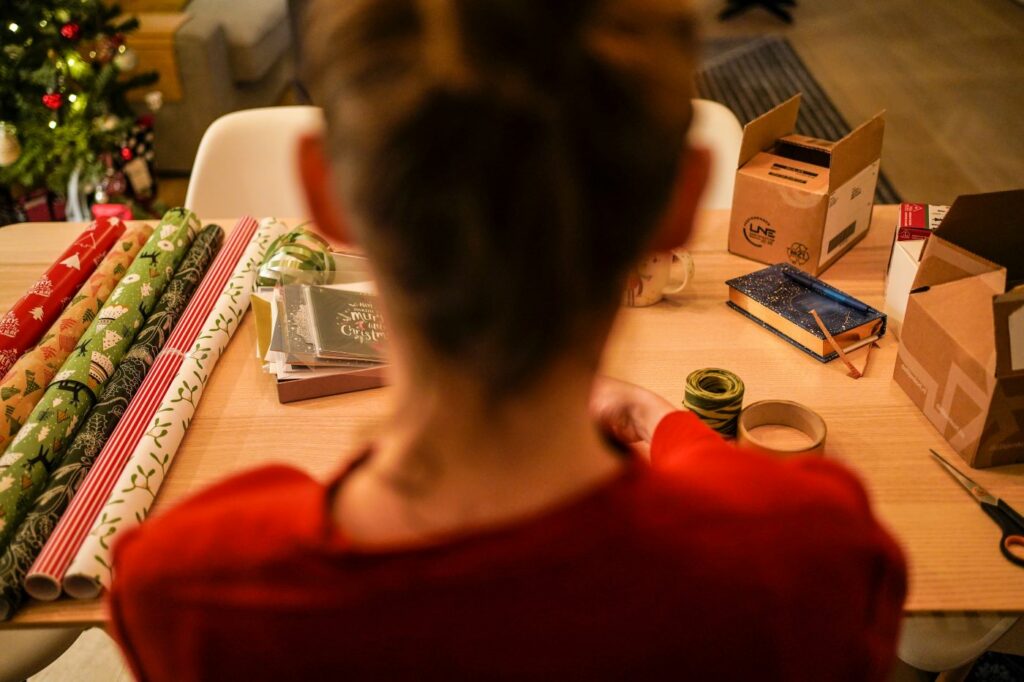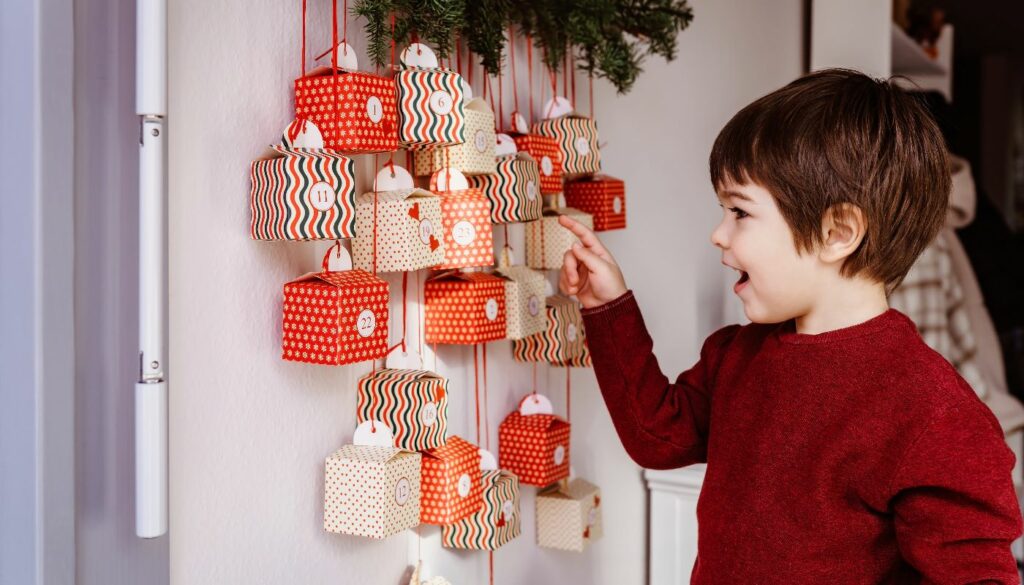Some of the links on this blog may be affiliate links. This means that if you make a purchase through these links, we may earn a small commission at no additional cost to you. We are a participant in the Amazon Services LLC Associates Program, an affiliate advertasing program designed to provide a means for us to earn advertising fees by linking to Amazon.com and affiliate websites.
Do you remember that childhood excitement on Christmas morning? The tension of unwrapping presents from under the tree and the joy of receiving a dream gift from Santa? For many of us, it’s the heart of the holiday magic. However, Santa Claus is just one of many fascinating figures and the world of Christmas gift-giving traditions around the world is far more vast and intriguing than we imagine.
Exploring the world’s Christmas gift-giving customs is a journey through culture, folklore and history. This guide goes beyond traditional holiday beliefs to explore some of the most unique practices. You’ll discover vibrant Peruvian craft markets, learn about “sweet diplomacy” in Indian culture, and find out about the legend of 13 mischievous gift-giving trolls. Get ready for a dose of inspiration that will forever change your approach to Christmas gifting traditions.
Table of Contents
Europe: Where Trolls, Witches and Hidden Cucumbers Bring Christmas Gifts
Europe is where many familiar Christmas traditions began with extraordinary and deeply rooted customs that make gift-giving a true spectacle.
Iceland – Christmas Gift Marathon with 13 Trolls

In Iceland, kids don’t wait for Santa Claus, but for thirteen mischievous trolls called Jólasveinar. According to legend, for the 13 nights leading up to Christmas Eve, a different troll comes down from the mountains every evening to play tricks. Children leave a shoe on their windowsill each night, and if they were good, they receive a small gift in their shoe such as candy. If they were naughty, they would receive a rotten potato instead. This nearly two-week-long Christmas gift-giving tradition makes the whole season feel special and full of fun.
Italy – La Befana the Good Witch and January Gifts
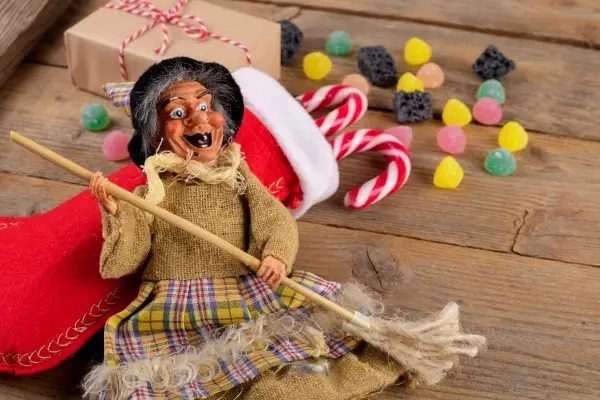
While in many countries the Christmas rush subsides after December 25th, in Italy children eagerly await the night of January 5th to 6th. This is when La Befana, a figure from Italian folklore depicted as an old woman flying on a broomstick, brings gifts. She flies down the chimney to fill the children’s stockings. She leaves sweets and small toys for the good ones, and a symbolic lump of coal (today in the form of black candy) for those who misbehaved. This beautiful gift-giving tradition teaches us that magic is worth waiting for and that the joy of the holidays doesn’t end in December.
Spain – The Royal Pump on Epiphany
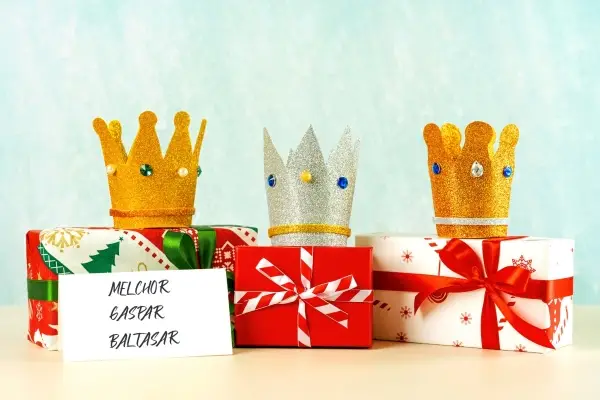
In Spanish-speaking culture, the most important day for giving gifts is January 6th during Three Kings’ Day (Día de los Reyes Magos). On this day, the Wise Men from the East, commemorating the gifts given to the infant Jesus, bring gifts to children. Children write letters to them and, on the evening of January 5th, leave their shoes in a visible place, hoping for gifts.
The biggest attraction, however, is the evening parades, the Cabalgatas, during which Caspar, Melchior, and Balthazar ride through towns on ornately decorated floats. They throw candy into the crowds and the entire gift-giving tradition escalates into a grand, joyful street celebration.
Germany – The Roots of Christmas Gift Traditions and the Hidden Cucumber
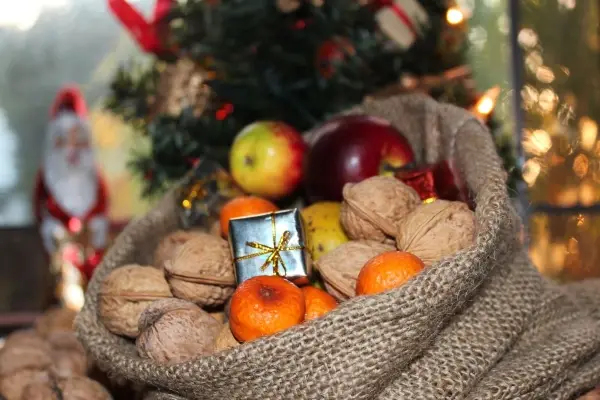
The German Christmas gift-giving season begins on the night of December 5th and 6th St. Nicholas Day (Nikolaustag). Children carefully clean their shoes and place them in front of their doors. During the night, Saint Nicholas fills them with chocolates, nuts, tangerines, and other small gifts.
In northern Germany, Saint Nicholas is accompanied by Knecht Ruprecht, a stern helper in dark robes. He quizzes children on their prayers and behavior. While good children receive gifts from Saint Nicholas, Knecht Ruprecht gives switches or lumps of coal to those who have been naughty, serving as a solemn reminder to be good.
The Netherlands – Sinterklaas and Gifts with a Poem
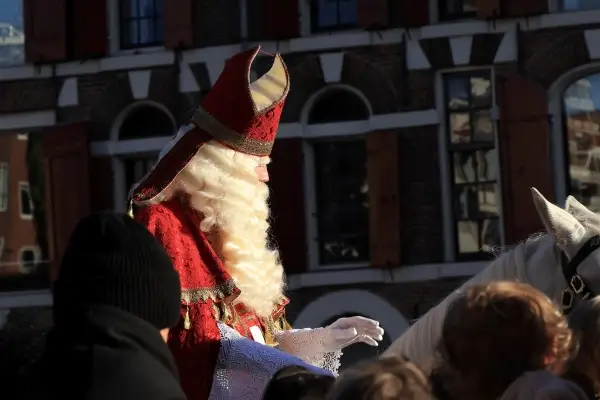
The most important Dutch Christmas gift-giving figure is Sinterklaas (Father Christmas), who arrives from Spain by steamship in mid-November. Children leave their shoes by the fireplace for several weeks, hoping for small gifts. The main celebration happens on December 5th, when families exchange presents. What makes this tradition truly special is that each gift is accompanied by a witty and personal poem written just for the person receiving it.
Greece – Christmas Gifts for a Happy New Year
Greek children must be patient, as Agios Vasilis (Saint Basil) doesn’t bring them gifts until New Year’s Day. This custom is associated with a historical bishop known for his generosity. January 1st is a day of joy and optimism in Greece and gifts symbolize a good start and prosperity for the coming twelve months.
United Kingdom – Boxing Day or the Day of Sharing

In the UK, the Christmas gift-giving tradition continues on December 26th with a special tradition called Boxing Day. Historically, it was the day when employers gave ‘Christmas boxes’ filled with gifts and money to their staff. Today, while it’s mostly a relaxing day spent with family, that spirit of generosity lives on. Many use the day for charity or to give gifts to friends, carrying on the wonderful idea that giving is just as important as receiving.
North America: From Mexico's Piñatas to the Secret Santa Ritual
In North America, holiday gifting is a fascinating blend of deeply rooted traditions and modern, social rituals. From bustling, public fiestas to games among friends, gifts become a way to build community and celebrate joy in a unique, local way.
Mexico – Las Posadas and the Sweet Explosion of the Piñata
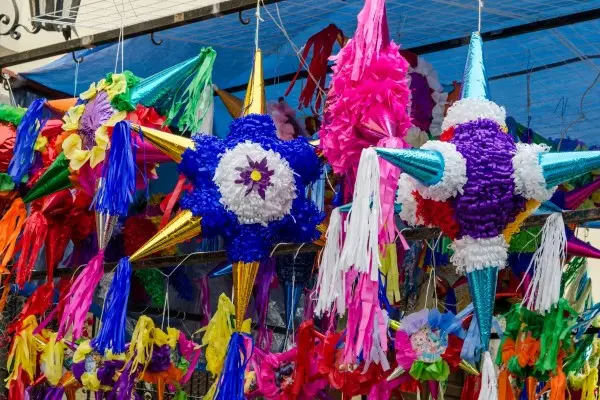
Mexican Christmas gift-giving traditions create a period of anticipation that lasts for weeks. The celebrations begin with Las Posadas, nine consecutive nights of festive processions that culminate in a party. The real fun begins when children break open the piñata, a colorful star that showers everyone with treats. This Mexican Christmas tradition is rich in symbolism: the seven-pointed piñata symbolizes the seven deadly sins, and its breaking symbolizes the triumph of good over evil.
However, everyone waits for their main gifts until January 6th, known as Día de Reyes (Kings’ Day), when the Three Kings bring gifts, extending the joy of the holidays into the New Year.
USA and Canada – The Magic of Surprise in Secret Santa

Secret Santa has taken hearts by storm in the United States and Canada. It’s a Christmas gift-giving tradition that’s perfect for friends and colleagues. The rules are simple: everyone becomes a secret Santa for one randomly selected person. It’s not about expensive gifts but about creativity and an element of surprise. It proves that the joy of giving and guessing who Santa is may be just as satisfying as the gift itself.
South America: Faith, Family, and Summer Christmas Gift Customs
While Europe is in winter, South America celebrates Christmas in the height of summer. Christmas gift-giving traditions take place here amidst scorching days and balmy nights, and the heart of these traditions are rooted in deep faith, unbreakable family bonds and a celebration of life. Gifts become an expression of closeness and the joy of celebrating together under the southern sky.
Peru – Santurantikuy, a Gift with Soul
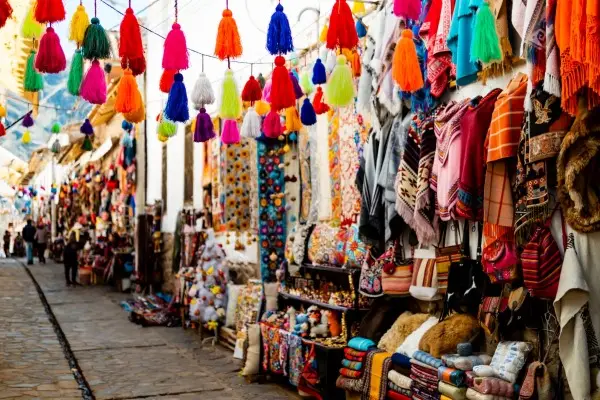
In the heart of the Peruvian Andes, a Christmas gift is more than just a toy—it’s a small work of art for the entire family. On Christmas Eve, at the bustling Santurantikuy market in Cuzco, people choose that one, unique figurine: a hand-carved figure of the Baby Jesus, known as the Niño Manuelito. Purchased directly from the artist, such a gift goes into the home’s nativity scene. It is believed that it will protect the home and bless the family throughout the coming year.
Colombia – Letters to Baby Jesus
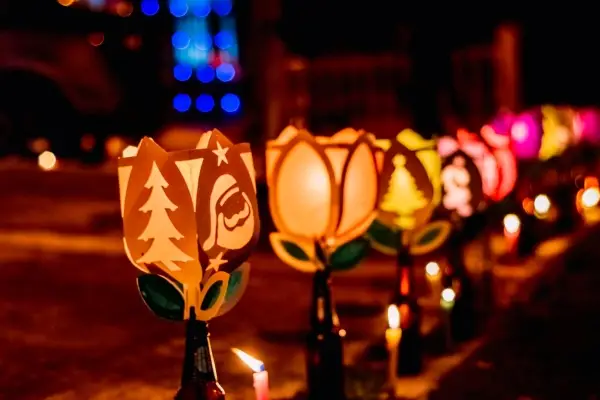
In Colombia, children have a beautiful and deeply personal Christmas gift-giving tradition. They write letters requesting gifts not to Santa Claus, but to Baby Jesus (El Niño Dios). It is He who magically leaves gifts under the tree on Christmas Eve. This magical Christmas anticipation begins on December 7th with the spectacular Candle Day. Thousands of flames illuminate streets and homes across the country, symbolizing hope and heralding the joy that is soon to come.
Argentina – Second Wave of Magic and a Gift for Camels
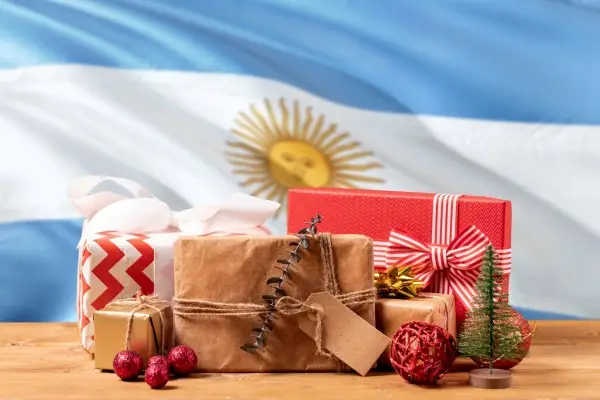
In Argentina, children receive gifts twice. They receive gifts not only from Papa Noel on Christmas Eve but also from the Three Kings. According to tradition, the Three Kings arrive on camels after a long journey from the East. Therefore, on the night of January 5th, children leave their shoes at the door, along with a bowl of water and some grass for the tired animals. In gratitude for this kind gesture, the Kings leave sweet gifts in the shoes, which the children find in the morning.
Brazil – Month of Sweet Mysteries and Amigo Secreto

In Brazil, December is a month of sweet secrets and joyful conspiracy. It’s all thanks to the game amigo secreto (secret friend), the local version of Secret Santa. For weeks, whispers and speculation circulate within families and groups of friends about who has chosen whom. The grand finale comes on Christmas Eve, when the identities are revealed in a joyful explosion of laughter and carefully selected gifts.
Asia: Surprising Holiday Gift Traditions from Japan to India
In Asia, where ancient cultures meet global trends, Christmas has been adapted in an absolutely unique way. Christmas gift-giving traditions often depart from their religious roots, becoming beautiful symbols of love, prosperity, and community. Here, a gift can taste like a crisp apple, take the form of a culinary ritual, or be part of a joyful conspiracy lasting months.

China – Silent Night and the Gift of the Peaceful Apple
Modern Chinese holiday traditions are based on phonetic similarity. On Christmas Eve, known as “Ping’an Ye” (平安夜, Night of Peace), people give each other apples (苹果, Píngguǒ). The phonetic magic of the word “apple” makes it sound almost identical to “peaceful.” So apples, often presented in decorative boxes, become a tasty wish for peace and security in the new year.
Japan – Valentine’s Day on Christmas Eve and KFC

Japanese Christmas has two completely different faces. On the one hand, Christmas Eve is a day for lovers, a bit like a second Valentine’s Day, when they exchange elegant, often luxurious gifts. But in homes, a completely different, almost iconic tradition reigns. The most eagerly awaited dish – and in a sense, a gift – for the entire family is the KFC Christmas set. It has to be booked weeks in advance, and eating it together has become a surprising yet beloved symbol of the holiday.
India – Kuswar or Sweet Neighborly Diplomacy
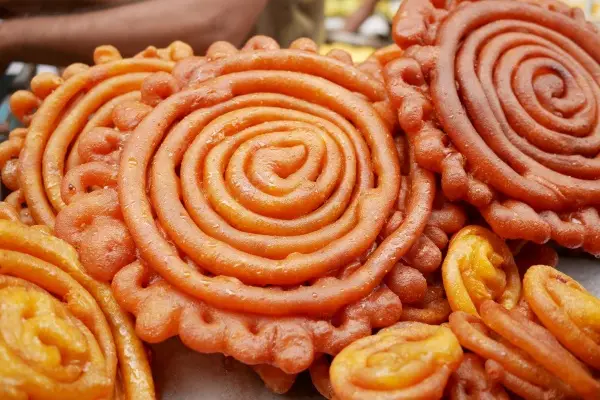
In Christian communities of India, especially in the Goan region a gift is not an object but a taste. It is a tradition to prepare kuswar – a lavish tray of at least 22 different kinds of homemade sweets, from cookies to cakes and caramels. In the days leading up to Christmas, these trays are exchanged between neighbors and friends, often regardless of their religion. It’s a beautiful act of “sweet diplomacy,” where the gift of the heart is flavored with cardamom and coconut.
Philippines – The World’s Longest Gift Marathon
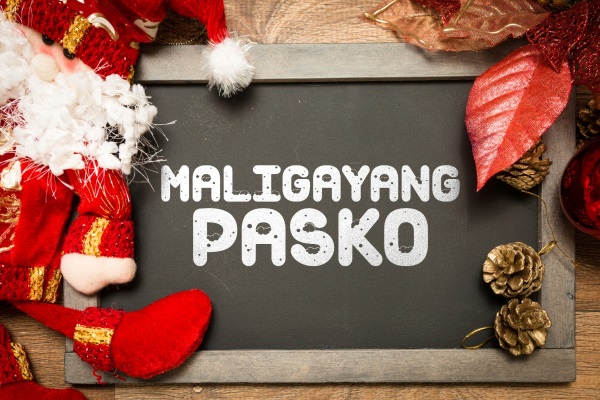
In the Philippines, where the holiday season runs from September to January, the tradition of gift-giving is a veritable marathon. For weeks, colleagues and friends alike are gripped by the game of Monito-Monita, their version of Secret Santa. This joyful conspiracy involves giving a small, often themed gift (e.g., “something sweet,” “something long”) to a randomly chosen person each week. This secret game builds suspense and maintains the joyful spirit of giving throughout the record-breaking months-long holiday season.
Africa: Community Spirit and Gifts Straight from the Heart
While in many parts of the world, Christmas is primarily associated with gifts in many African communities the greatest gift is simply being together. Here, where the Christian faith intertwines with local traditions, the celebrations focus primarily on faith and time spent with family. Christmas gifts in most African countries are modest, but they come from the heart.
Ethiopia – Ganna, or The Gift is Spiritual Joy
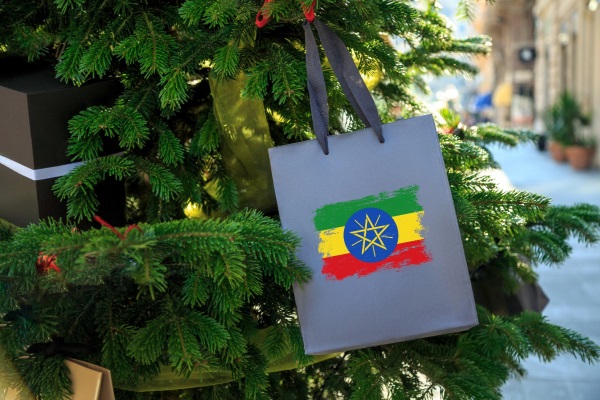
In Ethiopia, which follows the Julian calendar, Christmas, known as Ganna, is celebrated on January 7th. It is a day of deep reflection, fasting and prayer, so the tradition of mass gift-giving is practically nonexistent. Children sometimes receive new clothes, which they proudly wear during the holidays. The greatest “gift,” however, is the celebration itself: attending long hours of mass and playing yágenna chewata, a traditional game similar to field hockey that unites the entire community.
Ghana – A Gift of Abundance from the Earth
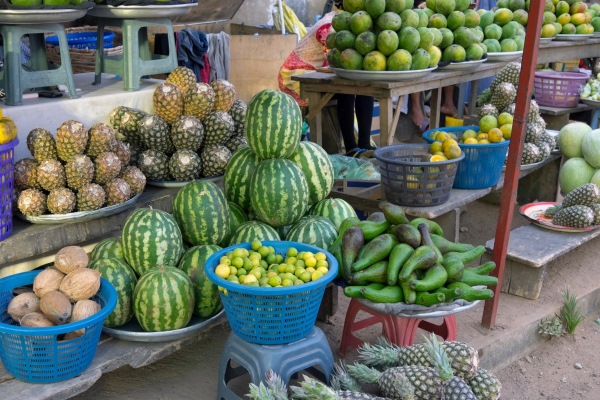
In Ghana, the holiday season is a time for returning to hometowns and sharing what the land has given. Gifts often take the form of food. Families prepare special dishes and their homes are open to all guests. A popular gift is a basket full of local produce – fruit, vegetables, or rice – given to neighbors and friends. This gift symbolizes the sharing of the past year’s abundance and strengthens bonds within the entire community.
South Africa – Sun, Braai and Carols Under the Stars
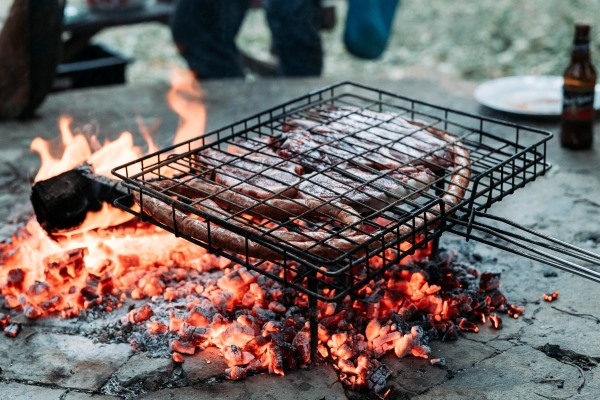
Forget about snow and fireplaces! In South Africa, Christmas falls in the middle of a hot summer. The greatest gift is time spent together outdoors. Families and friends gather for a braai (traditional barbecue), swim in pools or the ocean. In the evenings, people gather outdoors for “Carols by Candlelight.”
Tanzania – The Gift of Return and New Clothes
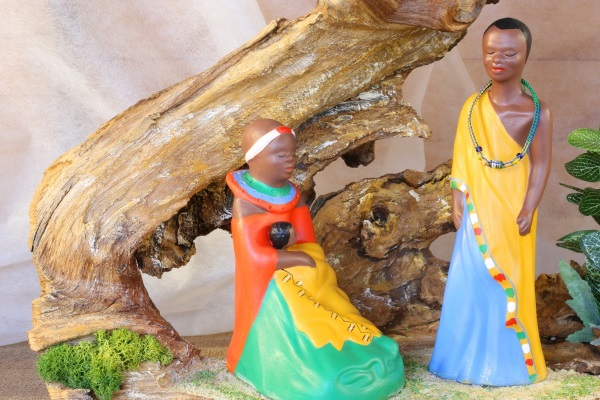
In Tanzania, Christmas is a celebration of returning to one’s roots. People travel from cities to their hometowns to spend time with loved ones. The most important and often the only gift, especially for children, is a new outfit. New clothes symbolize renewal, joy, and respect for the holiday. After Mass, the entire community gathers for a grand feast, often prepared with a goat or cow slaughtered especially for the occasion. The gift here is presence and the sharing the gift of time together.
Rwanda – A Festival of Hope and Reconciliation
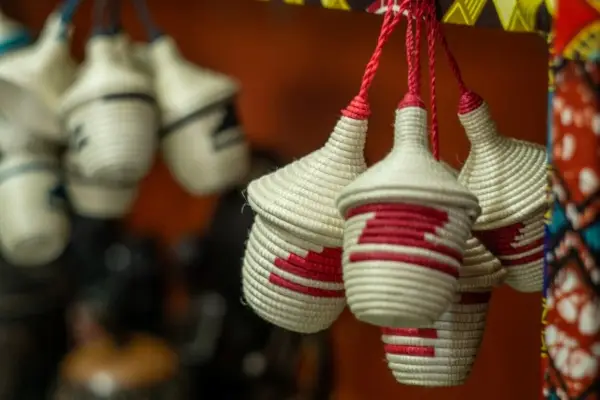
In Rwanda, a country marked by a difficult history, Christmas is above all a celebration of peace, hope, and unity. For many families, the greatest gift is simply being together and being able to celebrate peacefully. People go to church to pray for peace and then share a simple, but solemn meal. Christmas gift-giving traditions are modest. There are often small gifts for children or food for neighbors. This is a day when the gift of presence and mutual respect is far more valuable than any other item.
Morocco – Christmas Echoes in the Land of the Sunset
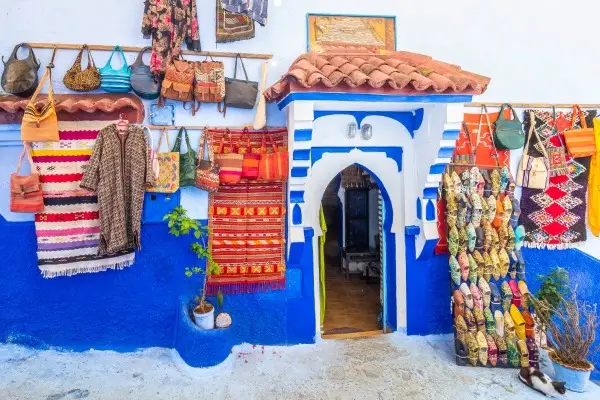
In Morocco, a Muslim country, Christmas is not a public holiday, but its echoes can be felt in larger cities. Gifts are the domain of tourists and the small Christian community. Christmas trees and decorations appear in luxury hotels and shopping malls, creating a festive atmosphere for visitors. For local Christians, it’s a time for small, family gatherings, where upholding one’s traditions is a subtle testament to the fact that the spirit of the holidays can find its place even where it’s not at the cultural forefront.

